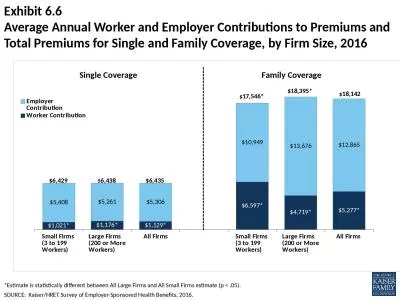PPT-Using the Margins Command to Estimate and Interpret
Author : mitsue-stanley | Published Date : 2018-11-04
Adjusted Predictions and Marginal Effects Richard Williams rwilliamNDEdu httpwwwndedurwilliam University of Notre Dame Stata Conference Chicago July 2011 Motivation
Presentation Embed Code
Download Presentation
Download Presentation The PPT/PDF document "Using the Margins Command to Estimate an..." is the property of its rightful owner. Permission is granted to download and print the materials on this website for personal, non-commercial use only, and to display it on your personal computer provided you do not modify the materials and that you retain all copyright notices contained in the materials. By downloading content from our website, you accept the terms of this agreement.
Using the Margins Command to Estimate and Interpret: Transcript
Download Rules Of Document
"Using the Margins Command to Estimate and Interpret"The content belongs to its owner. You may download and print it for personal use, without modification, and keep all copyright notices. By downloading, you agree to these terms.
Related Documents














